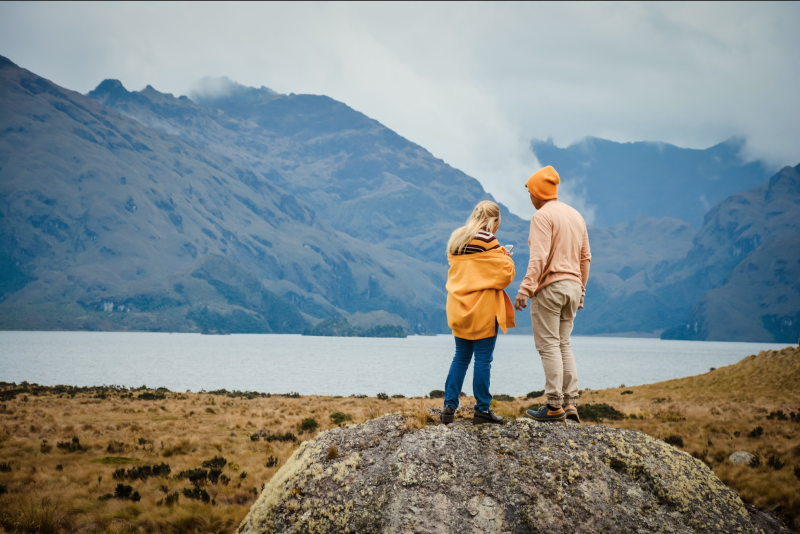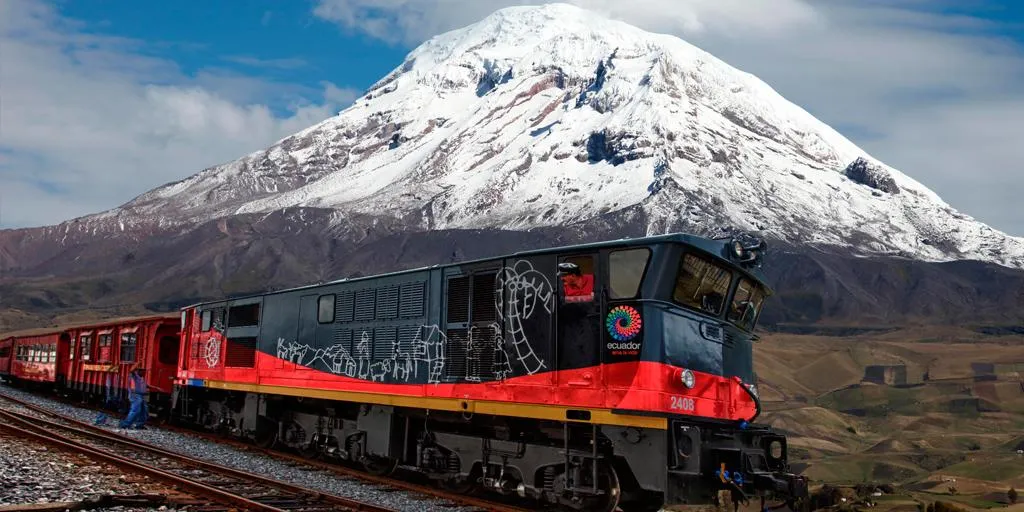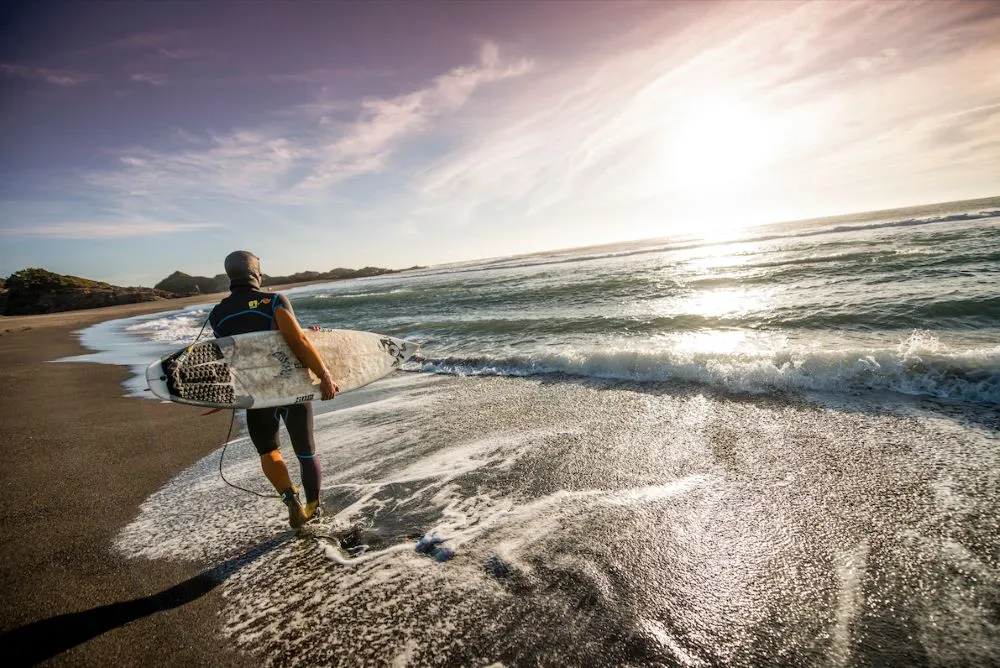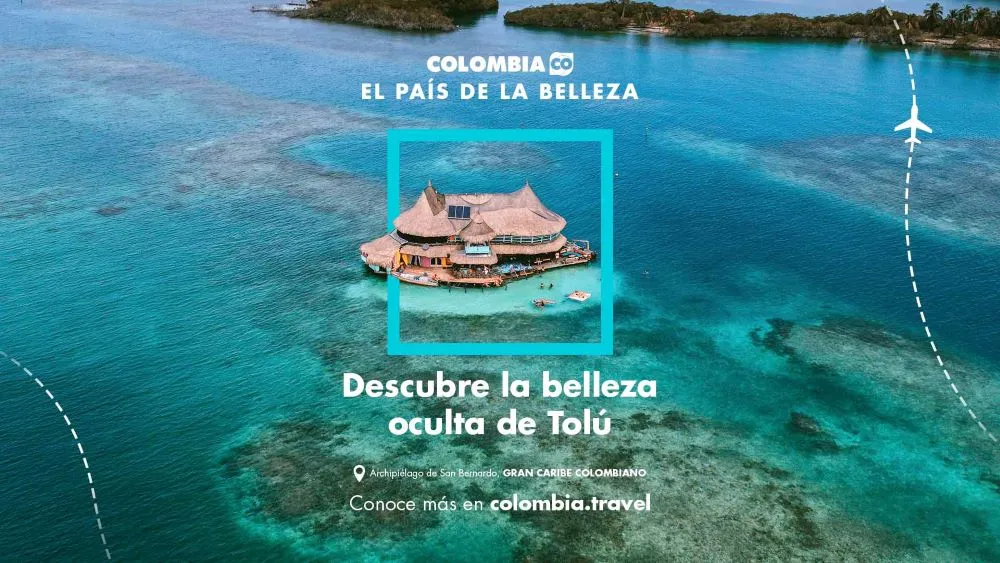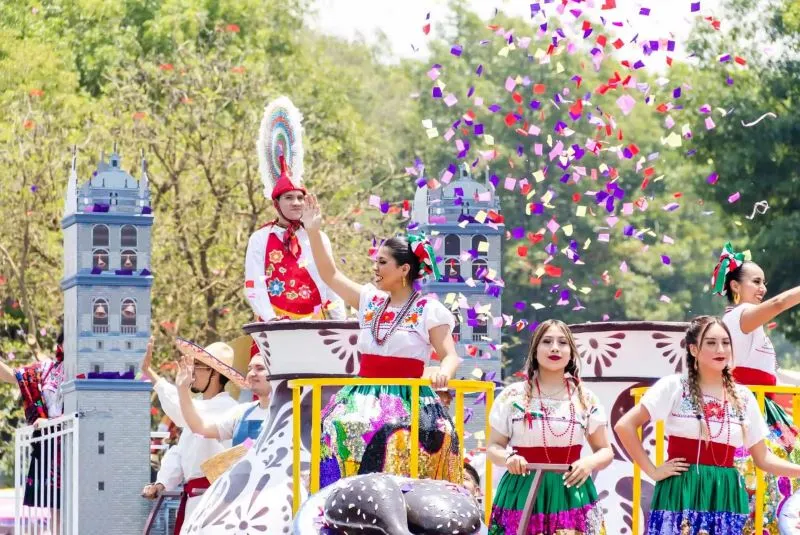En Équateur, la nature présente une biodiversité impressionnante, quel que soit l’endroit où l’on se trouve. Ses quatre régions comptent 70 zones marines et terrestres protégées qui représentent près de 20% du territoire, où vivent toutes sortes d’espèces animales et végétales, dont beaucoup sont uniques sur la planète.
Voici 10 zones protégées que vous devez absolument visiter en Équateur :
1. PARC NATIONAL SANGAY
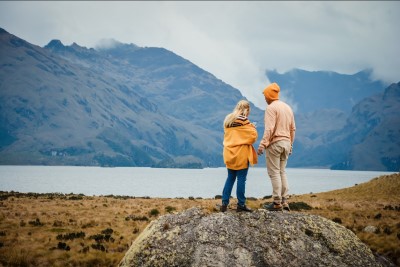
Ses principales attractions sont 3 volcans, dont 2 actifs, Sangay, Altar et Tungurahua, une infinité de lagunes aux histoires étonnantes, comme celle où des centaines d’oiseaux viennent mourir, et une énorme biodiversité. En raison de sa géographie et de sa nature extraordinaire, l’UNESCO l’a déclaré en 1983 patrimoine mondial naturel. Les montagnes et les hauts plateaux sont habités par les descendants des peuples Cañari et Puruhá, et dans la zone de la jungle se trouvent les territoires de la communauté Shuar. Au cours de votre visite, vous pourrez admirer un tronçon du Qhapac Ñan, des vestiges pré-incas et précolombiens, les lagunes d’Ozogoche, de Culebrillas et d’Altar, les ruines d’Ingapirca ou la forêt d’Arrayanes.
Localisation : Cañar, Chimborazo, Morona Santiago et Tungurahua.
Activités : photographie, canoë et excursions dans la jungle
2. PARC NATIONAL DE CAYAMBE-COCA

Vous aurez le privilège de passer en quelques heures des zones les plus élevées de la cordillère orientale à la plaine amazonienne et, au cours de ce voyage, vous pouvez vivre des expériences fascinantes telles que vous détendre dans les eaux thermales de Papallacta et Oyacachi, escalader des sommets comme Cayambe, Saraurco ou Cerro Punta, connaître les populations indigènes des Andes et de l’Amazonie et visiter des villes comme Baeza, El Chaco et Lumbaqui. Dans chacune de ses zones, vous pourrez observer différents animaux tels que des condors, des ours à lunettes, des loups, des aras, des perroquets, des toucans, des tapirs, des singes et bien d’autres encore.
Localisation : Imbabura, Napo, Pichincha et Sucumbíos
Activités : photographie, randonnée, trekking dans la jungle, cyclisme, équitation, alpinisme et camping
3. RÉSERVE BIOLOGIQUE DE LIMONCOCHA
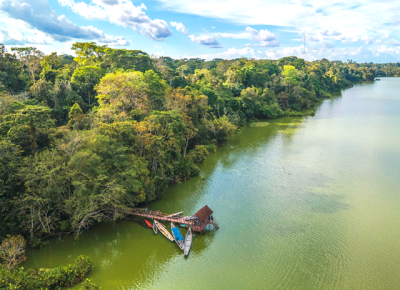
La réserve protège principalement les lagunes de Limoncocha et de Yanacocha, des zones humides et marécageuses ainsi que des forêts tropicales. On y trouve une grande diversité d’espèces, notamment des oiseaux aquatiques, ce qui explique qu’elle soit inscrite sur la liste de la Convention de Ramsar (zone humide d’importance internationale). La région environnante abrite des indigènes Kichwa qui pratiquent l’agriculture, la chasse et la pêche. Limoncocha signifie “eaux vertes” et Yanacocha signifie “eaux noires”. Dans ses eaux et ses rives, on trouve 144 espèces d’oiseaux, 55 de mammifères, 39 de reptiles, 53 d’amphibiens et 93 de poissons. Visitez les îles et les plages du fleuve Napo ainsi que le Musée du Centre de recherche culturelle de l’Amazonie équatorienne, où vous en apprendrez davantage sur les communautés Siona, Secoya, Cofán et Waorani.
Localisation : Sucumbíos
Activités : photographie, canoë et excursions dans la jungle
4. PARC NATIONAL DE LLANGANATES
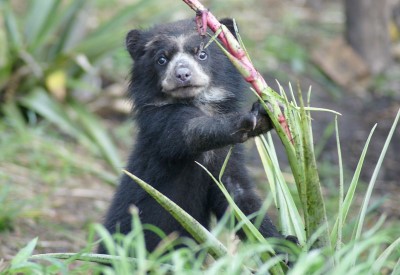
Les Llanganates sont couverts d’un halo mystérieux, non seulement en raison du terrain irrégulier et du brouillard constant qui le recouvre, mais aussi en raison de la légende du trésor d’Atahualpa. Au milieu de ses pentes, de ses rivières et de ses lagunes, vous pouvez vous promener en profitant d’un paysage merveilleux, où naissent les rivières amazoniennes, où vivent les lapins, les cerfs, les ours à lunettes, les loups des landes et les condors, et où l’on trouve plus de 800 espèces de plantes telles que les orchidées, les sunfo et les frailejones. Le parc national abrite également la lagune de Pisayambo, le Cerro Hermoso, le Qhapac Ñan et des spots naturels propices à la pêche sportive, au rafting et au kayak.
Localisation : Cotopaxi, Napo, Pastaza et Tungurahua
Activités : photographie, randonnée, trekking dans la jungle, cyclisme, équitation, alpinisme
5. PARC NATIONAL DE PODOCARPUS
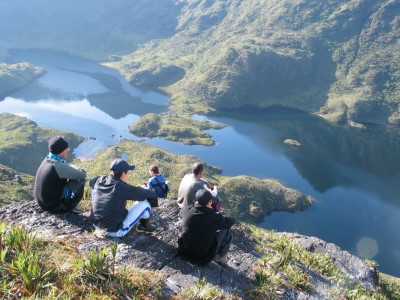
Le parc se trouve dans une zone de grande biodiversité et d’endémisme dans le sud de l’Équateur, importante pour la conservation des espèces. On y trouve des landes, des forêts de nuages. On estime qu’il existe près de 4 000 espèces de plantes telles dont une grande diversité d’orchidées. Le parc national abrite des pumas, des ours à lunettes, des cerfs, des loups, des singes, des grenouilles, des coqs de roche, des perroquets, des colibris, des toucans et bien d’autres encore. Au cours de votre visite, vous devriez visiter les lagunes de Compadre, un endroit idéal pour la pêche sportive et l’aventure, le centre d’interprétation de Bombuscaro et le point d’observation de Cerro Toledo. Vous pourrez également rencontrer des communautés Kichwa, Saraguro et Shuar.
Localisation : Loja, Zamora Chinchipe
Activités : photographie, randonnée, excursions dans la jungle, cyclisme, équitation et camping
6. RÉSERVE ÉCOLOGIQUE EL ÁNGEL
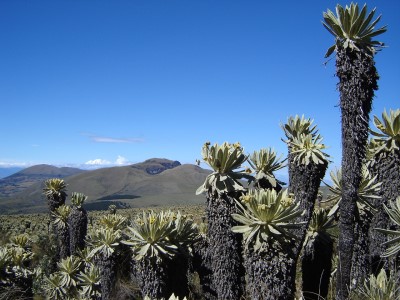
La réserve est située dans le nord-ouest du pays, dans la province de Carchi, à la frontière avec la Colombie. Son paysage est sculpté par les volcans et les glaciers, où poussent sans problème les herbes du páramo, les espeletias et d’innombrables plantes et animaux adaptés aux altitudes tropicales. La réserve protège également les sources de nombreuses rivières telles que Potrerillos, Rasococha, Chilmá, Grande, Santiaguillo et Voladero. Plus de 250 espèces de plantes ont été recensées dans la réserve, où les espeletia se distinguent par leurs formes particulières qui recouvrent la lande. En outre, il existe plusieurs lagunes et marécages comme El Voladero, Yanacocha, Crespo ou Las Verde. De même, pour ceux qui aiment l’escalade, le volcan Chiles est le lieu idéal pour l’aventure.
Localisation : Carchi
Activités : photographie, randonnée, vélo, équitation et camping
7. REFUGE DE FAUNE SAUVAGE DE PASACHOA
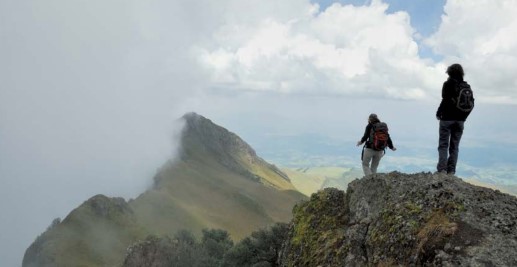
Ce refuge naturel protège une partie unique de la forêt dans l’allée inter-andine. Il est possible d’y réaliser des excursions d’aventure extrême mais aussi des promenades tranquilles le long de ses 6 sentiers pour apprécier la biodiversité andine. La zone abrite des pumas, des cerfs, des loups des landes, des souris, des opossums, des lapins et des oiseaux comme le colibri. On y trouve également plusieurs espèces d’orchidées, des myrtes et les fameux arbres à papier. En outre, vous pouvez escalader le volcan rocheux Pasochoa ou faire une randonnée sur des sentiers confortables et bien balisés, et pour les plus aventureux passer la nuit au camping.
Localisation : Pichincha
Activités : photographie, randonnée, camping.
8. REFUGE DE LA FAUNE SAUVAGE DES MANGROVES D’EL MORRO
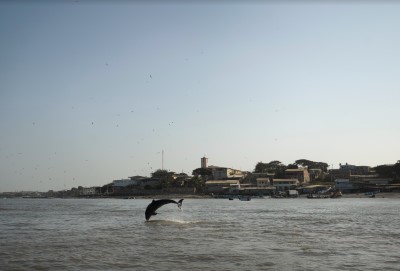
La réserve est située dans le nord-ouest du pays, dans la province de Carchi, à la frontière avec la Colombie. Son paysage est sculpté par les volcans et les glaciers, où poussent sans problème les herbes du páramo, les espeletias et d’innombrables plantes et animaux adaptés aux altitudes tropicales. La réserve protège également les sources de nombreuses rivières telles que Potrerillos, Rasococha, Chilmá, Grande, Santiaguillo et Voladero. Plus de 250 espèces de plantes ont été recensées dans la réserve, où les espeletia se distinguent par leurs formes particulières qui recouvrent la lande. En outre, il existe plusieurs lagunes et marécages comme El Voladero, Yanacocha, Crespo ou Las Verde. De même, pour ceux qui aiment l’escalade, le volcan Chiles est le lieu idéal pour l’aventure.
Localisation : Guayas
Activités : photographie, canoë, natation et plongée en apnée.
9. RÉSERVE ÉCOLOGIQUE ARENILLAS
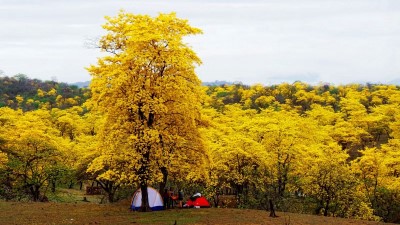
Il s’agit de la zone qui protège le maquis le plus sec de tout l’Équateur ; mais également les forêts de mangroves. Ses niveaux d’endémisme sont aussi impressionnants que sa biodiversité. Vous pourrez y faire des promenades pour observer une incroyable flore, dont des forêts qui en plus de perdre leurs feuilles pendant la saison sèche, fleurissent à certaines périodes de l’année, inondant le panorama de couleurs jaune ou rose, comme c’est le cas des guayacanes. Vous pouvez également observer des oiseaux, des mammifères, des reptiles et des amphibiens, comme le crapaud à cornes de Tumbes, une espèce endémique.
Localisation : El Oro
Activités : Photographie, cyclisme et excursions dans la jungle
10. RÉSERVE ÉCOLOGIQUE MANGLARES CAYAPAS -MATAJE
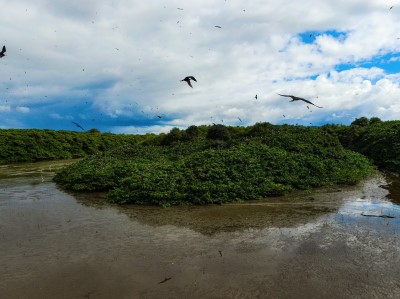
La réserve protège les mangroves qui poussent dans l’estuaire formé par les fleuves Cayapas et Mataje, au nord de la province d’Esmeraldas ; elle préserve à la fois la grande biodiversité existante et les traditions millénaires des communautés et des villes ancestrales environnantes. Dans cette zone, on peut y observer des palétuviers atteignant jusqu’à 60 mètres de hauteur ; considérés comme les plus grands du monde. Ils se développent sans doute ici grâce à l’abondance de nutriments et à l’existence d’un climat très stable, car tout au long de l’année, il y a peu de variations de température. Ici, les plantes et les animaux sont habitués à vivre dans ce mélange d’eau douce et d’eau salée.
Localisation : Esmeraldas
Activités : photographie, randonnée, canoë, plongée avec tuba, natation
Source : Ecuador Travel

